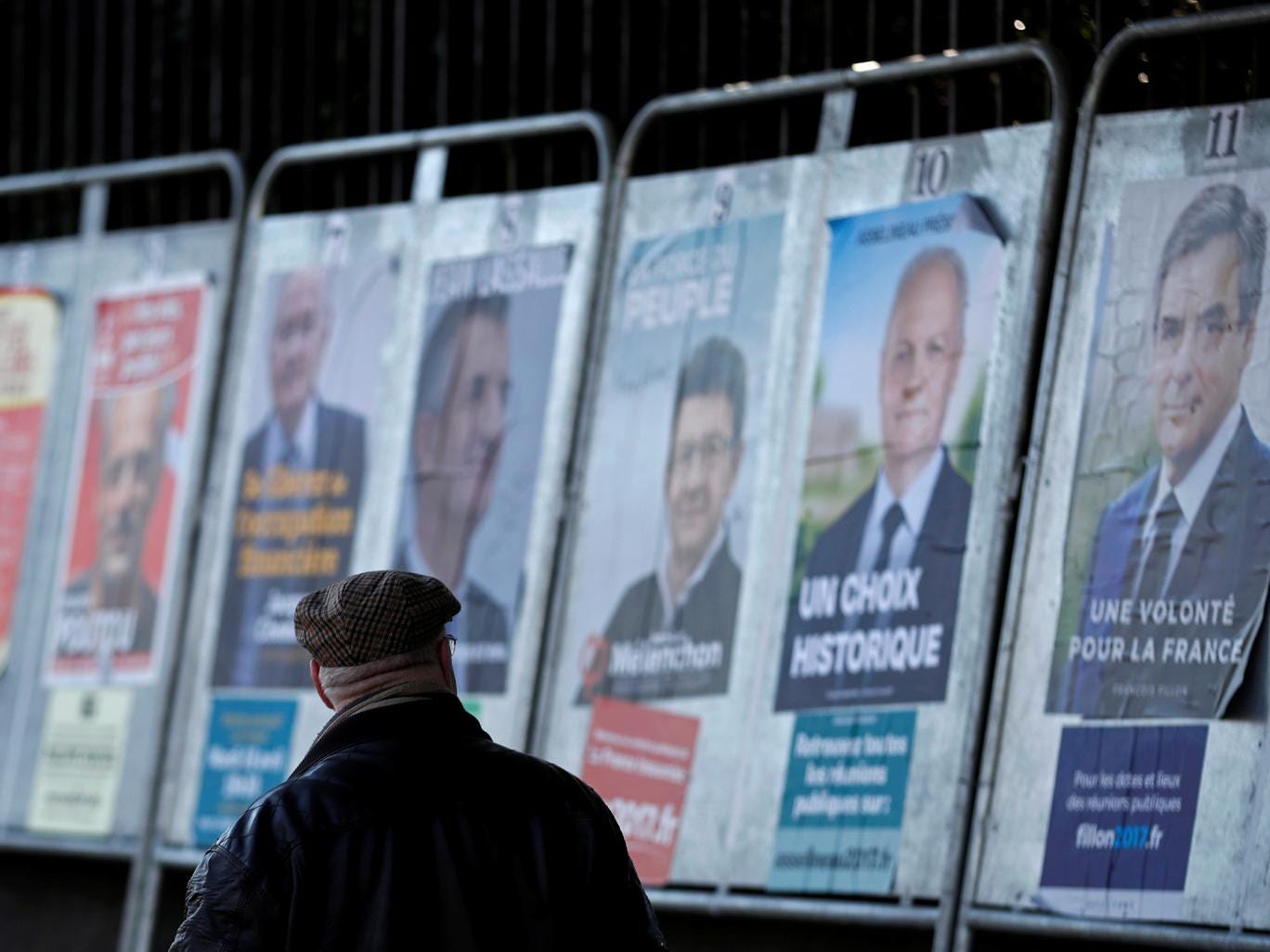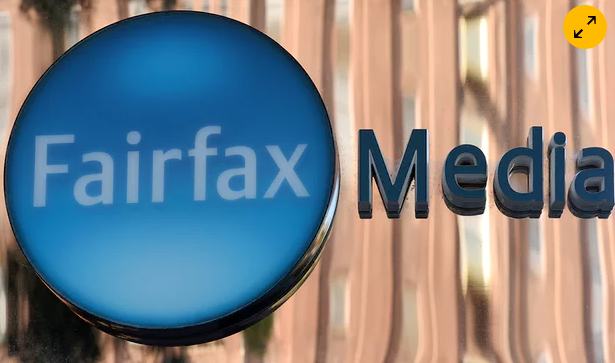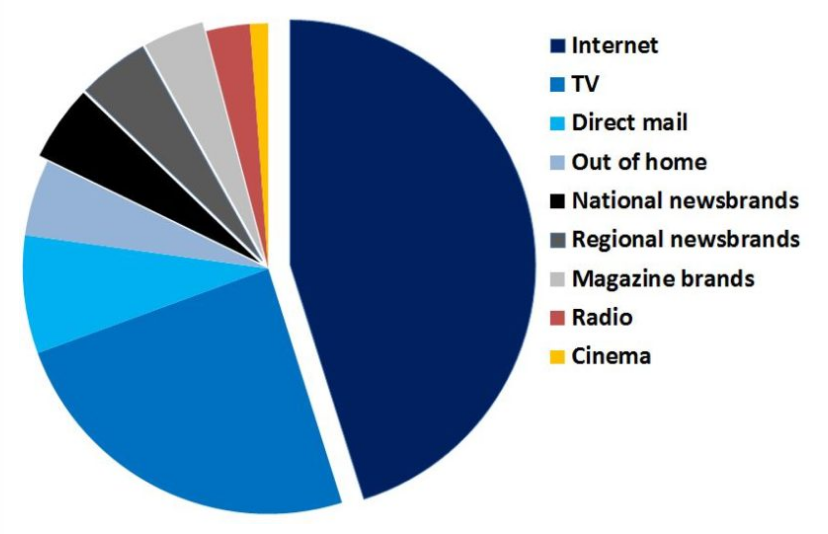story #68 "French social media awash with fake news stories from sources ‘exposed to Russian influence’ ahead of presidential election"
As the article states, French voters have been deluged with fake news stories on their social media feeds ahead of the country's presidential election, many from sources "exposed to Russian influence", new research has found.
Researchers from Oxford University found up to a quarter of the political links shared on Twitter in France were based on misinformation. They were identified as deliberately false and expressed “ideologically extreme, hyper-partisan or conspiratorial" views with logical flaws and opinions presented as facts.
Another study published this week from the private research group Bakamo shows many of the fake news reports came from sources "exposed to Russian influence”. Facebook recently suspended 30,000 suspected automated accounts in France with many of the profiles distributing politically driven misinformation and propaganda. On Twitter, where automated accounts are allowed, many accounts that were used to promote Donald Trump have now turned their attention to pushing conspiracy theories and far-right ideas, according to Kevin Limonier, who is studying the manipulation of social media in the French election and and Clinton Watts, a former FBI agent and now a senior fellow at the George Washington University Center for Cyber and Homeland Security.







